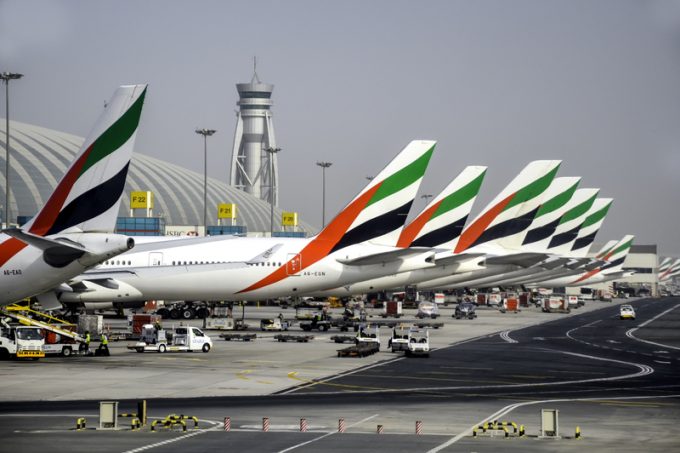LX Pantos spreads its wings as ecommerce traffic drives network expansion
South Korean 3PL LX Pantos said yesterday it had paid $156m to acquire the 11-storey ...

In the first of a four-part series, Stan Wraight, president of air cargo consultancy SASI, takes off the gloves to explain how airports, airlines and handlers can benefit from new thinking, and reclaim the vast revenues that have been given away to integrators and forwarders
Not saying anything is a greater deceit than worrying about controversy.
We need to understand that the owners of vast fleets of aircraft currently sitting idle, employees who have been let go and all the stakeholders, ...
Trump tariffs see hundreds of cancelled container bookings a day from Asia
Macron calls for ‘suspension’ – CMA CGM's $20bn US investment in doubt
De minimis exemption on shipments from China to the US will end in May
Forwarders stay cool as US 'liberation day' tariffs threaten 'global trade war'
Mixed response in US to 'Liberation Day', while China leads wave of retaliation
Tariffs and de minimis set air freight rates on a volatile course
Overcapacity looms for ocean trades – with more blanked sailings inevitable
'To ship or not to ship', the question for US importers amid tariff uncertainty

Comment on this article